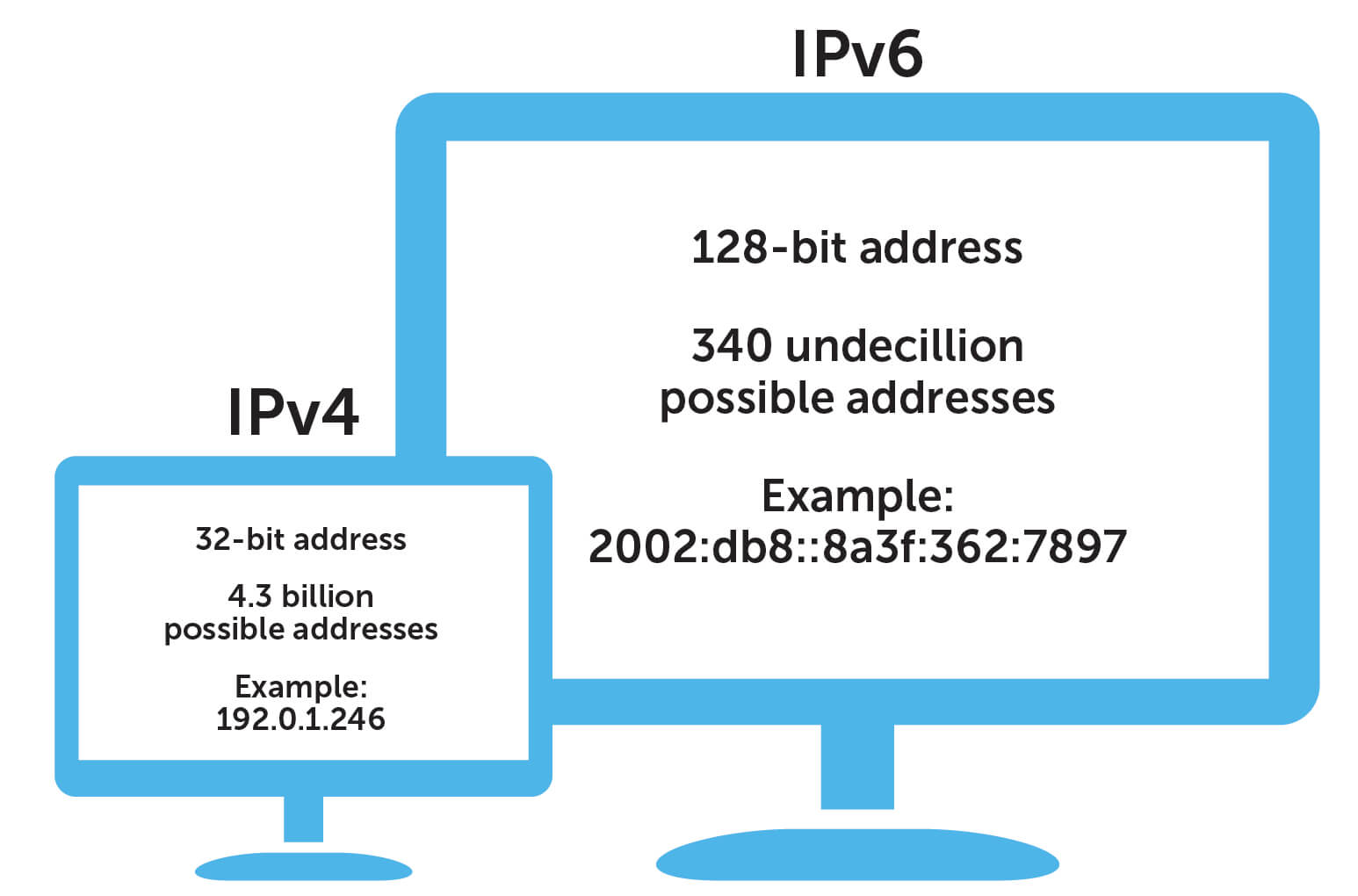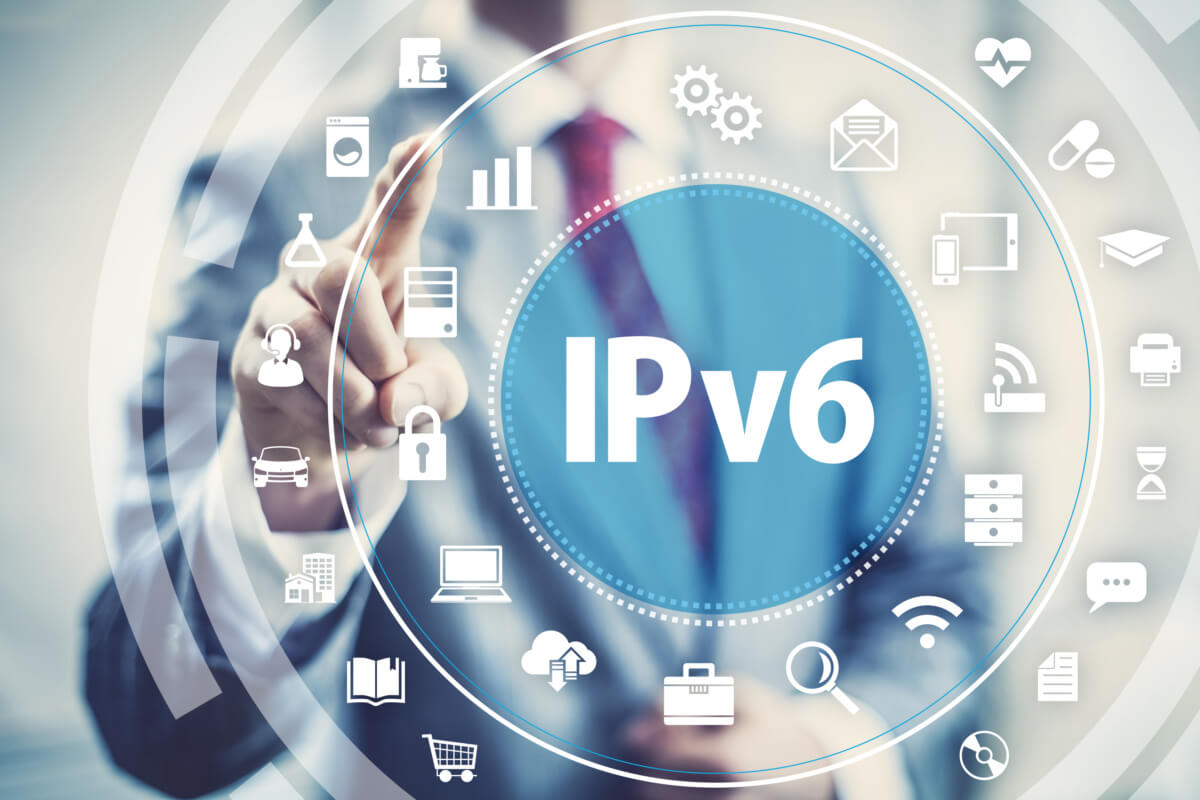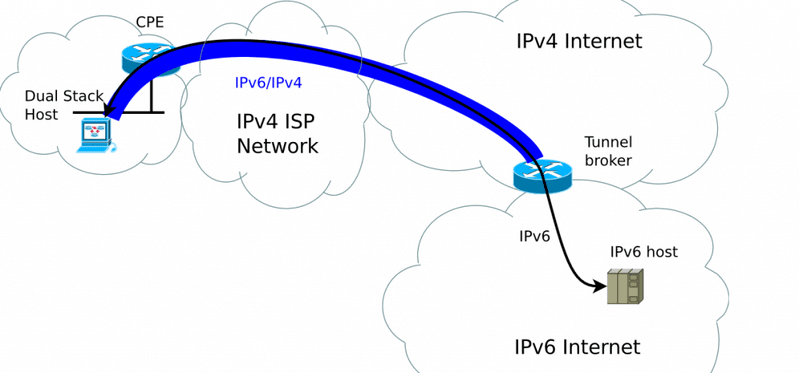What IS IPv6 Latest Version?
IPv6 is the latest buzz in the town, oh sorry….it’s the latest discussed on the internet around the globe. I am sure you would agree with me if I say that the internet is above all life-changer innovations since the modern-day civilization explored we have seen many revolutions in human lives, we discovered clothes other than leaves, built houses for shelter, invent fire and the iron and then we have given the circle or round that was the biggest game-changer to shift from ancient life to modern civilization. We have witnessed the massive industrialization that leads us to the advanced manufacturing lines, automobiles, and aviation but when we compared all the innovations to date, the internet always stands above all by its global influence and the revolution it brought in our everyday life. It has an upper hand because of the mass penetration and reaches of the internet in every corner of the world, it’s a borderless world!
But everything inside the world of the internet is always facing challenges and needs constant changes and upgrades. Recently it has undergone a massive update, the introduction of Internet Protocol version 6, better known as IPv6.
ad
More: Do you know how webpages look in the early days of the internet

What is IPV6?
Internet Protocol Version 6 is a network layer protocol that enables data communications over a packet-switched network. Packet switching involves the sending and receiving of data in packets between two nodes in a network. The working standard for the IPv6 protocol was published by the Internet Engineering Task Force (IETF) in 1998.
ad
The IETF specification for IPv6 is RFC 2460. IPv6 was intended to replace the widely used Internet Protocol Version 4 (IPv4) that is considered the backbone of the modern Internet. IPv6 is often referred to as the “next-generation Internet” because of its expanded capabilities and its growth through recent large scale deployments. In 2004, Japan and Korea were acknowledged as having the first public deployments of IPv6.

The primary function of IPv6 is to allow for more unique TCP/IP address identifiers to be created, now that we’ve run out of the 4.3 billion created with IPv4. This is one of the main reasons why IPv6 is such an important innovation for the Internet of Things. (IoT)
The necessity of IPv6
Fast reverse to 2012 and IPv6 was a fascinating topic of discussion. At the time, the protocol was nascent, and its understanding among enterprises was limited. Today, the number of connected devices is so humongous that nobody could have predicted it five years back. Gartner suggests that by the end of 2017, there will be more than 8.4 billion connected devices across the globe. And this number will exceed 20 billion by 2020. More the number of devices, the more the number of IP addresses.
IPv6 as a solution
For starters, IPv6 supports a lot more IP addresses than IPv4. Today, IPv6 Is considered as the way forward, at least in terms of how the Internet will be managed in the near future. Apart from extending support for more IP addresses, IPv6 acknowledges the need for more secure Internet connectivity and overcomes quite a few limitations posed by IPv4 in this regard.
That IPv6 is more efficient and effective than IPv4 is well established and not even in the scope of this guide. What’s more important is for enterprises to assess whether they understand the implications and are prepared in terms of necessary infrastructure to support the changeover.
More in IPv6
Surprise — IPv6 has been available for many years. In 2016, its deployment was 10 percent complete, and it was 20 years after the Internet Engineering Task Force (IETF) finalized the IPv6 concept in 1996 and implemented it for the first time. IPv6 is about extending IP addresses from 32 bits to 128 bits. Here are the numbers — IPv4 allows about 4.3 billion IP addresses, and IPv6 allows 340 undecillion addresses (that’s 3.4 x 1038).
Wow, that is about as many stars that are out there!
Technical aspects IT personnel need to understand
Apart from saving the world from the catastrophe of Internet protocol addresses running out, IPv6 offers some technical advantages that make data transfers on the Internet more efficient and secure. Some of these benefits are:

- In IPv4, the checksum is calculated at every router hop; this makes data transmission slow because the router spends time in this calculation. In IPv6, this is done away with because packet handling is more efficient.
- IPv6 reduces the routing table size and makes routing more hierarchical and clean.
- In IPv6, fragmentation is handled at source devices, unlike IPv4 where this is done at the router level. This is done using a protocol to discover the path’s maximum transmission unit.
- Also, IPv6 uses multicast address routing. This allows bandwidth-intensive web traffic to be transmitted simultaneously to multiple destinations, unlike the broadcast communication method used in IPv4.
Before enterprises migrate to IPv6, this is what they need to understand and be prepared about:
Networking IT staff’s technical preparedness
Implementing IPv6 in the way they implemented IPv4 — that’s a guaranteed path to failure for enterprise IT. Instead, enterprises must realize the need to train their IT staff, particularly the networking personnel, in IPv6. This will make sure that they know how to specifically implement IPv6.
Managing IPv4 and IPv6 at the same time can bring in additional complexities. IPv6 demands that networking engineers understand the new approach to networking. In pretty much everything — right from troubleshooting practices to firewall implementations — there are significant differences in IPv6, which need to be accounted for.
Cutover preparedness

This is the critical project phase when your enterprise endpoints operate with an IPv6 as well as an IPv4 address. It’s commonplace for enterprises to realize that some devices are not compatible with IPv6, causing serious disruptions in communication channels.
Network tunneling is a solution (this has nothing to do with the tunnel in “Logan Lucky” that they used to steal all that NASCAR money with – completely different!). It’s an approach that enables data transmission between IPv4 and IPv6. However, enterprises just can’t absorb the security threats that excessive network tunneling can invoke. Automated tunneling setups, for instance, could pose serious challenges for enterprise cybersecurity in terms of detecting potential cyberattacks. So, identify potential problem-causing endpoints beforehand instead of depending on tunneling.
IPv6 Migration planning and execution
Here are some of the best practices that your network engineering, infrastructure, and cybersecurity teams need to keep in mind as they plan the switchover from IPv4 to IPv6.
- Network structure needs a lot of redesigning and restructuring for enterprises to get the most benefits out of IPv6.
- The architecture of LAN resources and Internet-facing resources will need to be carefully considered and analyzed.
- Software and firmware for switches and routers need to be updated and patched
- Firewalls need to be reconfigured and upgraded.
- Endpoint security needs to be re-assessed and ramped up.
- Cybersecurity personnel particularly need to highlight potential threat devices that could open the floodgates for malware attacks; these are best disabled. We do not want the entire system to be shut down like in the movie “Transformers”!
A must-do technology migration
Enterprises face an inevitable prospect of migrating systems to IPv6, sooner rather than later. This guide is an attempt to help them understand the basics of this move and to prepare like a pro. Though there is no reason to panic. We all know what happened with Y2K. Not much!
ad


Comments are closed.